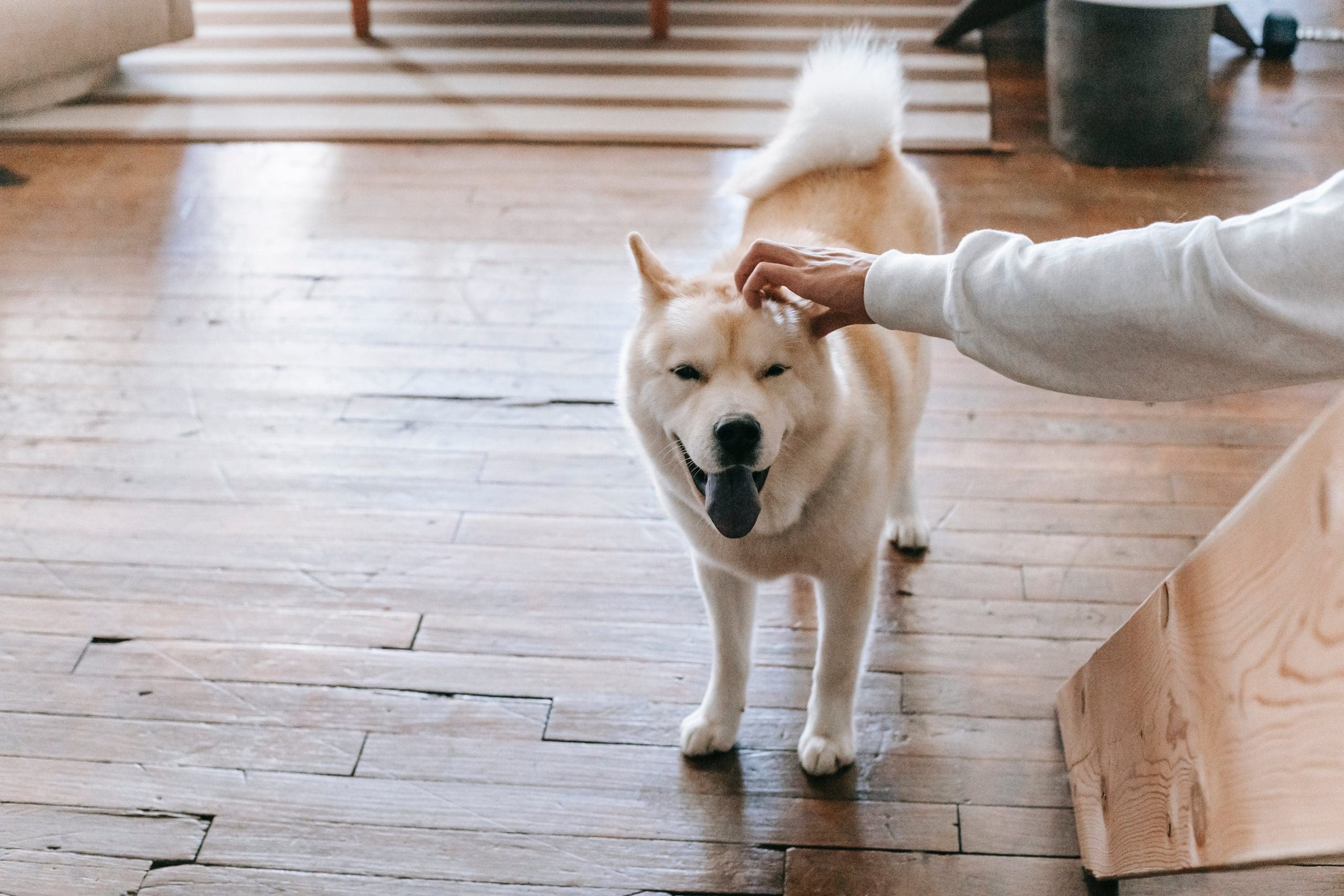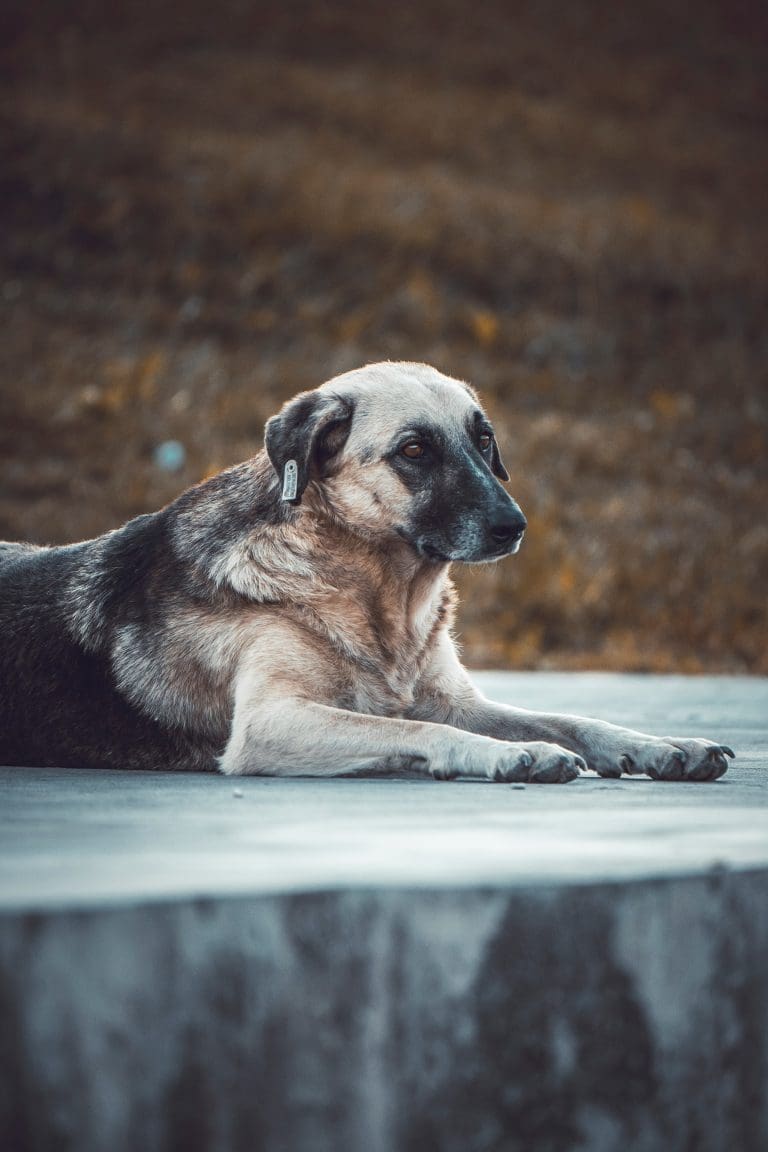What Is The First Signs Of Parvo In A Dog?
Post Date:
December 10, 2024
(Date Last Modified: December 10, 2024)
Parvovirus is a highly contagious viral infection that primarily targets dogs, particularly unvaccinated puppies. This illness can be severe and, without prompt medical intervention, may lead to serious health complications or death. Recognizing the early signs of parvovirus is essential for dog owners, as quick action can greatly enhance recovery prospects.
Early Symptoms to Watch For
The initial symptoms of parvovirus often resemble other gastrointestinal issues, which can delay necessary veterinary care. Symptoms typically surface within three to seven days post-exposure. One of the most noticeable early indicators is lethargy. If your dog appears less energetic or unusually fatigued, this could signal an underlying problem. It’s vital to monitor behavioral changes, as lethargy can suggest various health issues, including parvovirus.
Another early warning sign is a sudden loss of appetite. Dogs are usually excited about food, so a marked disinterest can be concerning. If your dog refuses to eat for over a day or lacks enthusiasm for treats, consulting a veterinarian is advisable. Many dogs with parvovirus also exhibit signs of nausea, such as pacing, whining, or excessive lip licking, often accompanied by drooling.
Vomiting and Diarrhea
Vomiting is a common symptom associated with parvovirus. If your dog vomits multiple times, it’s crucial to keep a close watch on their condition. The vomit may contain food, bile, or even blood, indicating a more serious issue. Diarrhea frequently accompanies vomiting in infected dogs, often appearing severe and bloody. This combination can lead to rapid dehydration, a critical concern requiring immediate veterinary attention.
As the virus advances, symptoms can escalate quickly. Dehydration can occur within hours, especially if your dog cannot retain food or water. Signs of dehydration include dry gums, sunken eyes, and excessive panting. If these symptoms arise, seek veterinary care without delay. In severe cases, parvovirus can also impact the heart muscle in young puppies, potentially resulting in sudden death before other symptoms develop.
Transmission and Prevention
Understanding how parvovirus spreads is vital. The virus survives in the environment for months, shed in the feces of infected dogs. Its resilience to many disinfectants facilitates its spread in places like dog parks, kennels, and even private backyards. While puppies and unvaccinated dogs face the highest risk, any dog may contract the virus upon exposure.
Vaccination remains the most effective prevention strategy. Puppies should begin their vaccination series at six to eight weeks of age, with booster shots every three to four weeks until around 16 weeks old. Adult dogs require regular booster shots to sustain immunity. For newly adopted dogs, especially those with uncertain vaccination histories, consulting a veterinarian for a vaccination schedule is crucial.
Immediate Action is Essential
If parvovirus is suspected, swift action is necessary. Early veterinary intervention improves recovery odds. A veterinarian will likely conduct a physical examination and may recommend diagnostic tests, such as blood or fecal tests, to confirm the virus’s presence. Treatment typically involves hospitalization, where intravenous fluids can address dehydration, along with medications to manage vomiting and diarrhea, and antibiotics to prevent secondary infections.
Recovery time can vary widely, depending on infection severity and treatment promptness. Some dogs may only require a few days of supportive care, while others might need to remain hospitalized for a week or longer. Close monitoring during recovery and adherence to veterinary advice are essential.
Post-Recovery Considerations
Even after recovery, some dogs may face lingering effects from parvovirus, including digestive system changes. Maintaining communication with your veterinarian during this period is important to address any ongoing health concerns.
Awareness of parvovirus symptoms can significantly impact your dog’s health. Familiarization with these signs and the urgency of seeking veterinary care can be lifesaving. If you observe lethargy, loss of appetite, vomiting, or diarrhea, prompt veterinary consultation is vital.
Prevention Strategies
Preventing parvovirus is always preferable to treatment. Keeping your dog current on vaccinations and avoiding potentially contaminated environments are key protective measures. Good hygiene practices, such as promptly cleaning up after your dog and disinfecting frequented areas, help reduce the risk of virus transmission.
Caring for a pet comes with inherent anxiety, especially when health concerns arise. Dogs are cherished family members, and their well-being is paramount. If ever uncertain about your dog’s health, consulting a veterinarian is the best course of action. They provide essential expertise and support for any health issues.
Being proactive in safeguarding your dog against parvovirus and promptly recognizing early signs is crucial for ensuring a long, healthy life. Understanding the implications of parvovirus on a dog and being ready to act swiftly can make a significant difference in critical situations.
Stay informed about the health risks your dog may face, and remember that your veterinarian is your greatest ally in maintaining your pet’s health and happiness. By being vigilant and knowledgeable, you can help protect your dog from this dangerous virus and enjoy many years of companionship together.






